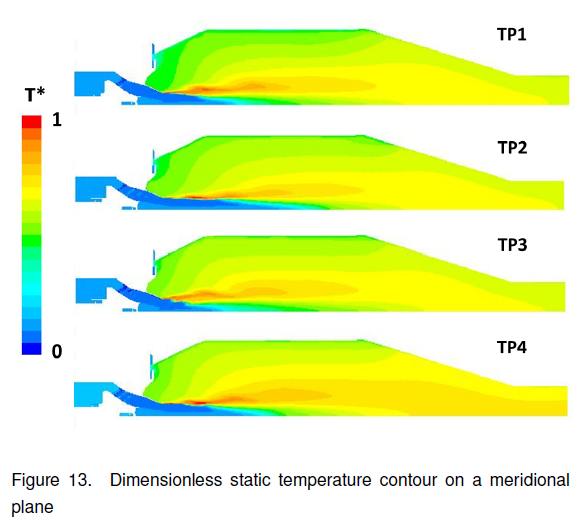Proceedings of ASME Turbo Expo 2015
GT2015-42479
The continuous challenge to develop more efficient and cleaner combustion systems for energy production, promotes the exploitation of traditional fossil fuels in alternative energy cycles capable of abating pollutant emissions. Integrated coal gasification combined cycle (IGCC) technology for instance permits to convert standard coal and other carbon based fuels into hydrogen-rich syngas. These gases are generally used to fuel standard gas turbine engines typically designed for natural gas
combustion. Due to the increased propensity to flashback with high hydrogen content, lean premixed burners usually need a
specific redesign to ensure adequate flow velocity at the burner exit section so as to extend lean blow out limits.
However design practices for flashback prevention are far from being established especially for these unconventional fuels
and it is therefore of interest to rely on CFD analysis to establish flame stabilization process and to predict incipient flashback.
The purpose of this work is to assess the accuracy and reliability of a CFD methodology to describe the flame anchoring process
and exhaust pollutant emissions in a high hydrogen syngas version of a standard swirled lean premixed burner which has been
tested in a tubular test rig.
Considered numerical setup is based on the use of the Flamelet-Generated Manifolds (FGM) method which is a good choice to combine computational efficiency and detailed chemistry modelling. This work aims at providing a first assessment of the FGM model as implemented in Fluent v15 in the framework of RANS turbulence approach. Four different operating conditions at increasing pressure levels are tested and a detailed sensitivity analysis of the combustion model is provided exploring flamelet generation parameters, turbulence-chemistry interaction closures and methods to assign progress variable variance.
A specifically developed detailed chemical mechanism for H2 was implemented and used to verify NOx emission predicting
capabilities of three alternative methods: lookup table generated integrating with presumed PDF, automatic reactor network
model based on CFD aero-thermal solution and Fluent native NOx model. Obtained results are validated against available experimental data.

